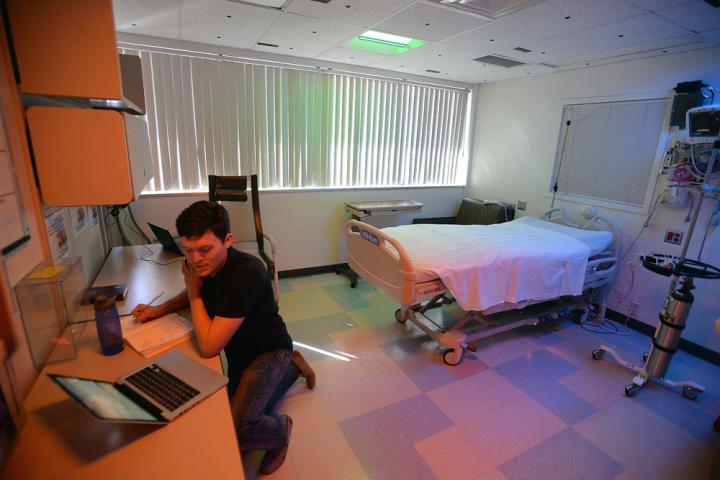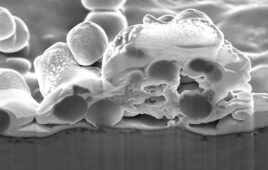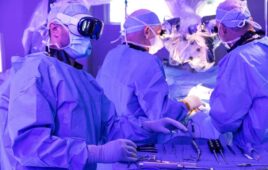The world of healthcare is changing rapidly and there is increased interest in the role that light and lighting can play in improving health outcomes for patients and providing healthy work environments for staff, according to many researchers. Recently, the Center for Lighting Enabled Systems & Applications (LESA) at Rensselaer Polytechnic Institute, together with the Illumination Engineering Society (IES), sponsored a workshop to explore pathways to define and promote the adoption of lighting systems specifically for health-care environments.
The workshop brought together lighting and human health researchers, healthy-lighting design experts, senior representatives from healthcare standards organizations, and healthcare providers. The aim of the workshop was to initiate an important discussion among diverse stakeholders on the changes in modern health-care interior lighting applications. The result is the release of a white paper detailing the outcomes and contributions of the participants.

(Image credit: Rensselaer Polytechnic Institute)
“Today, the field of lighting and health care is undergoing rapid development,” says Robert F. Karlicek Jr., LESA director, who also serves as a professor in the Department of Electrical, Computer, and Systems Engineering at Rensselaer. “As research continues to build the link between lighting spectral power distributions and wellness, LED lighting technology strives to bring new healthy lighting to market. Often commercialization in this capacity happens without establishing the clinical data to demonstrate a value-added benefit for patients or the providers, or a defined return on investment for the healthcare industry.”
“It has long been known that lighting can impact human health and wellness,” says Brian Liebel, director of technical standards at IES. “Research continues to refine the precise role of light spectrum, intensity, and timing on the scope of patient outcomes, and on health-care worker productivity. But more research is required to provide the evidence necessary for new, modern standards for lighting systems in healthcare and eldercare markets.”
According to Karlicek and Liebel, the workshop white paper is intended to be an evidence-based resource for lighting designers and healthcare providers to better understand market drivers. Both noted that the whitepaper is not intended to be a comprehensive summary of the field of lighting for human health and wellbeing — rather, a comprehensive introduction of insights shaping the field.
Funded by the National Science Foundation, LESA’s vision is focused on creating digitized, color tunable illumination for new applications in lighting, healthcare, building management, horticulture, and advanced 5G wireless communications platforms. The collaboration with the Illuminating Engineering Society exemplifies the vision of The New Polytechnic, an emerging paradigm for teaching, learning, and research at Rensselaer, the foundation of which is the recognition that global challenges and opportunities are so great they cannot be adequately addressed by even the most talented person working alone. Rensselaer serves as a crossroads for collaboration — working with partners across disciplines, sectors, and geographic regions–to address complex global challenges, using the most advanced tools and technologies, many of which are developed at Rensselaer.




